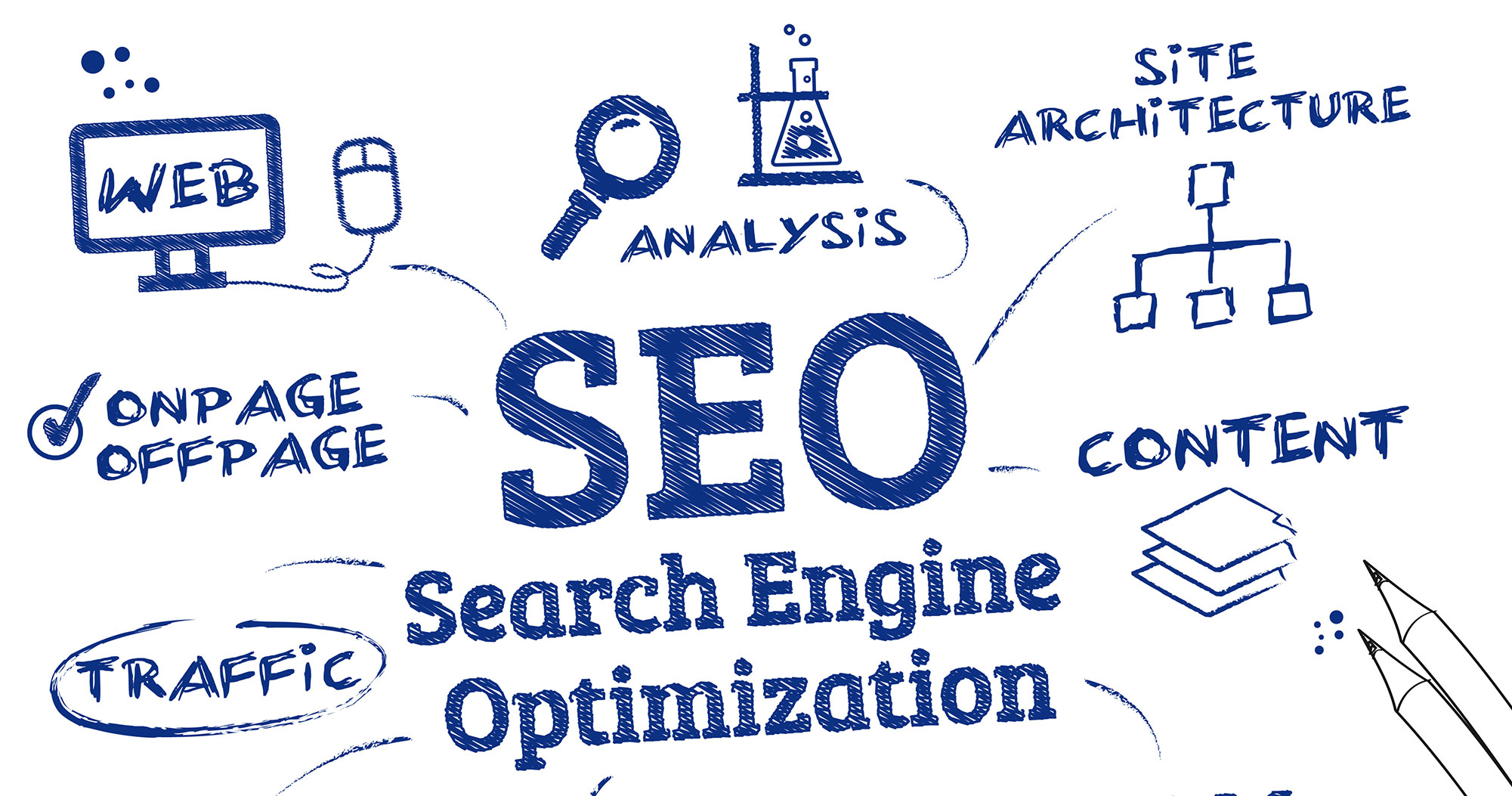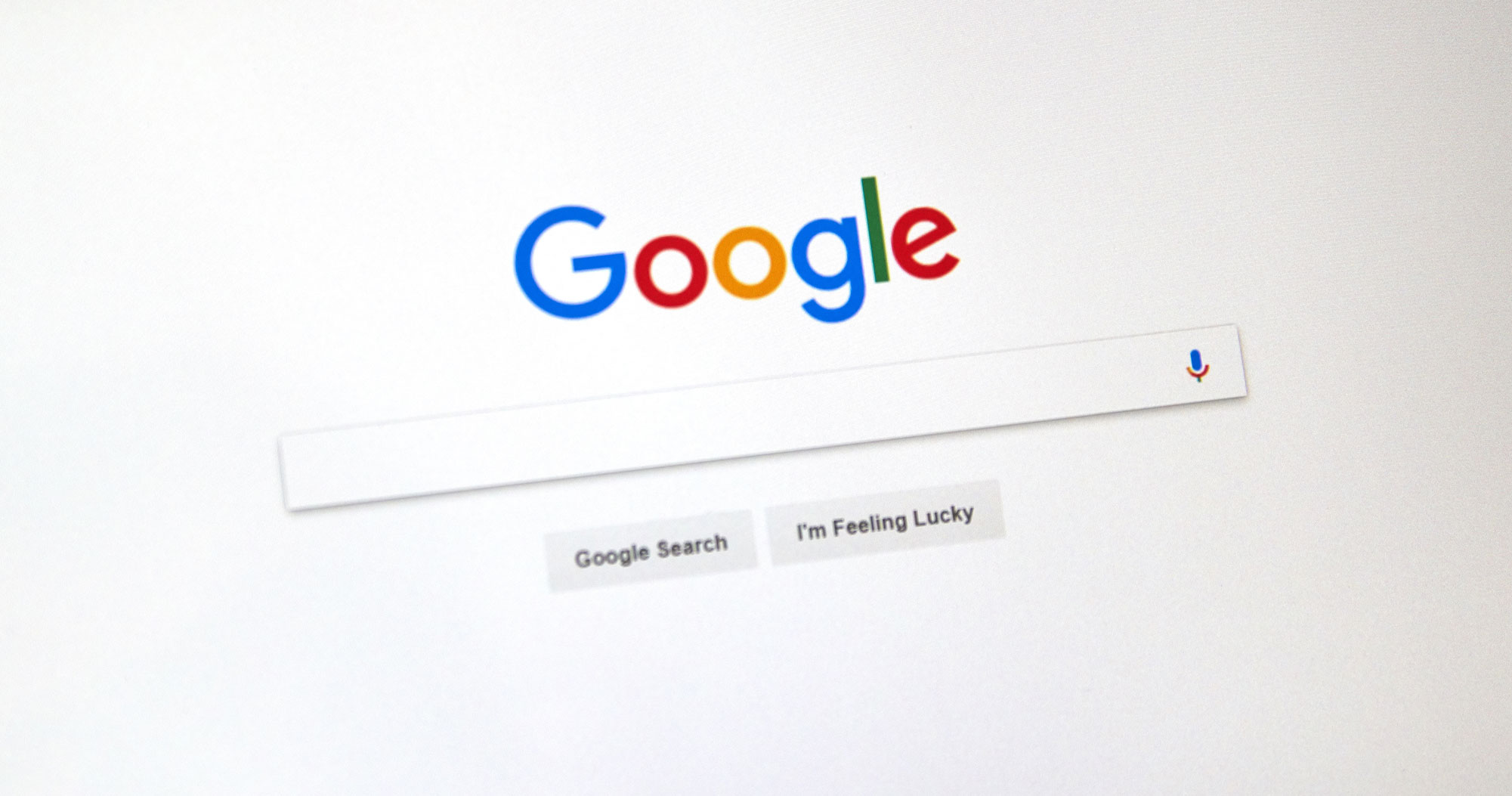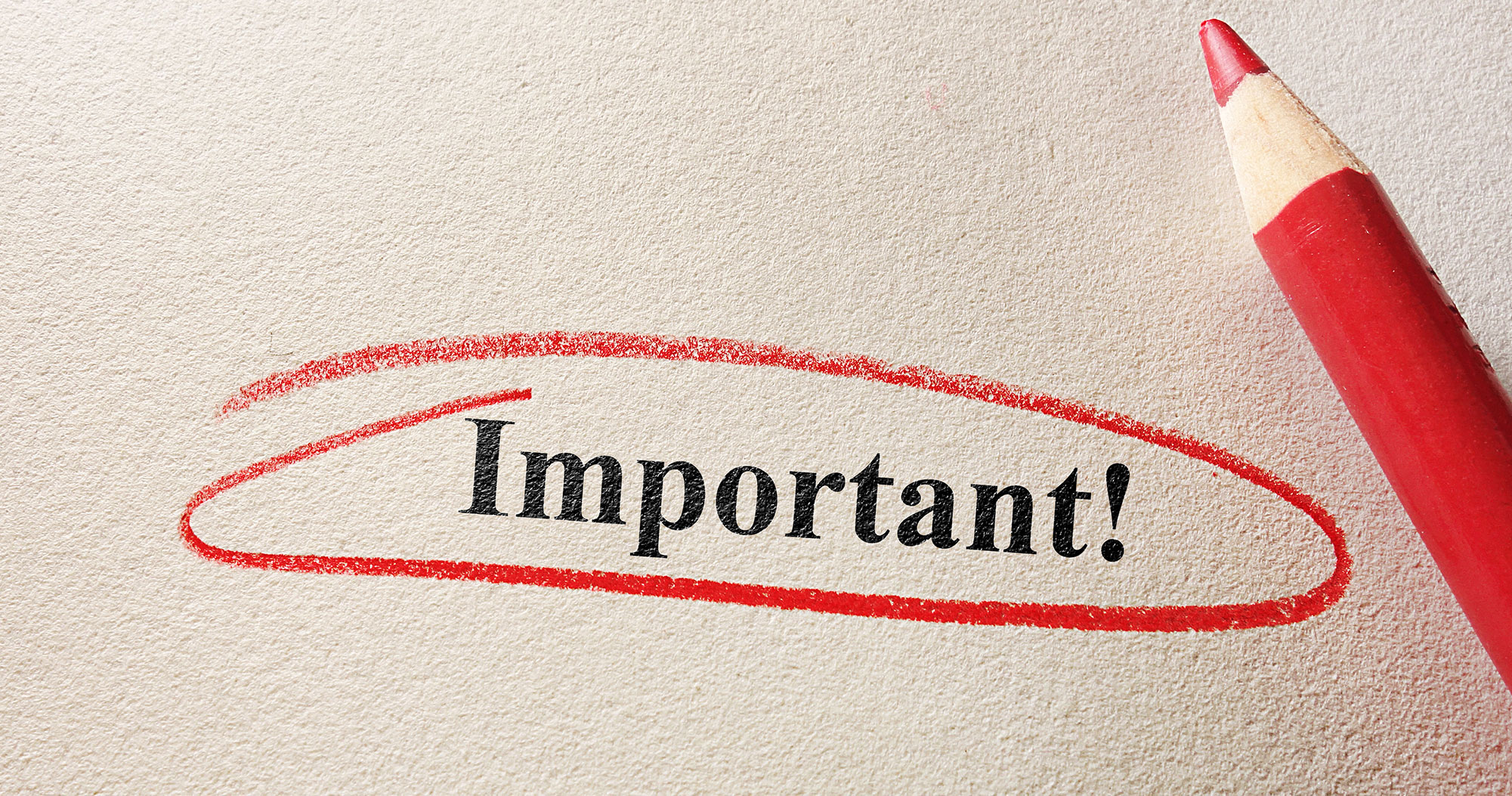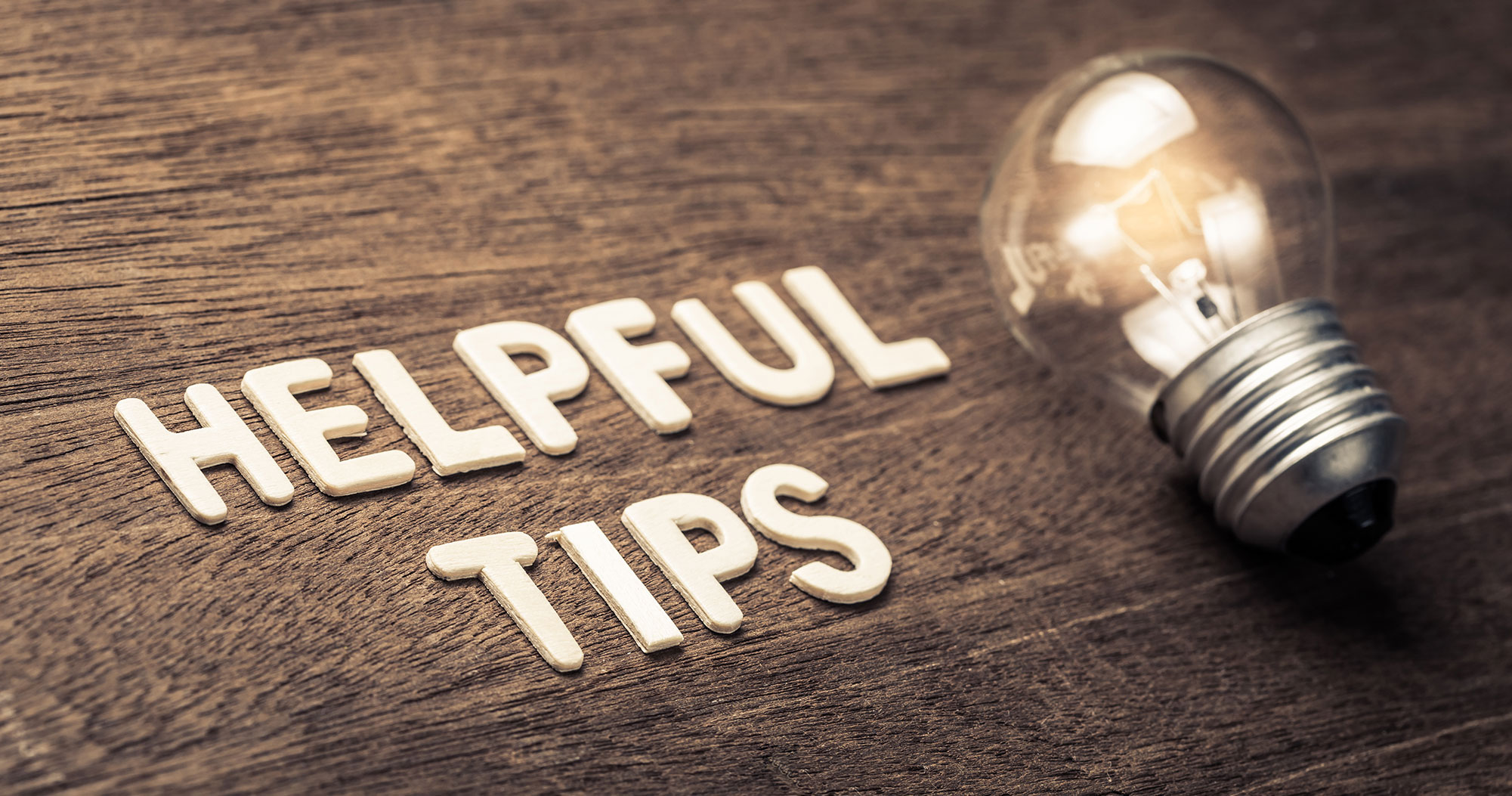What is SEO and How It Works?

SEO refers to Search Engine Optimization. In short, it means making improvements on your website to list on the top of the google search page. People are more likely to click the website showing on the first page and top of the search result page.
Table of Contents
What is SEO?
The most basic SEO idea is making the user's first website based on the Google rules.
How SEO Works?

Google is dominating 86.86% shares of the search engine market. If you can master how Google works, you know what SEO is. So, let’s take a look at Google, for example.
1. Closing
To make your website appear on the Google search results, Google first examines your site. Google uses a crawler to find and look over websites to collect information.
2. Indexing
Google makes an index based on the information collected from closing. Indexing means storing the collected information into a database according to the algorithm.
3. Scoring
Google examines and decides where to put the websites from the database by relevancy and helpfulness. It is said that Google changes its algorithm about 500 to 600 times each year.
Why Is SEO So Important?

Because you can attract more users. 75% of net users don’t even click ad URLs. 70% of clicked search results are organic. Organic results mean they are non-paid searches. You can pay and list as an ad on the top of the search result page, but people might avoid paid pages and look for possible solutions from non-paid sites. Listing as organic results is very important to get users' attention. Also, organic results are free, while paid ads cost about $1-$2 per click, depending on the keywords. Understanding SEO and making your website more attractive for users are crucial.
Practical Tips for On-page SEO & Off-page SEO

On-page SEO
1. Keywords
SEO starts with keywords. Add keywords in head titles, subtitles, and contents.
I use a free keyword research site by Neil Patel, WordStream,
2. Quality of the content
E-A-T is what Google uses when determining how much a website is trustworthy. Google wants to show the best solutions possible for users. Google wants to provide Trustable and useful content.
E=Expertise
A=Authoritativeness
T=Trustworthiness
3. Structure of the page
The readers won’t spend so much time searching for their solutions on your page. Make sure you focus on how easily your audience can find the information they need with the keywords when writing content.
4. Meta Description
A meta description summarizes the page that appears under the URL on the search result page. Write a meta description under 155 characters to show the text's full length on the search result page.
5. URL structure
Your URL should contain keywords and reflects your content. This allows Google to understand what your website is about.
6. Internal Linking
Kinking your other page related to the contents helps Google crawl easily. This is helpful for readers as well.
Off-page SEO
1. Backlinks
When someone cites your page in their blog, your page credibility goes up. Please make sure that you don’t pay someone for citing your link. Google will notice it.
2. Local SEO
Google also examines and reflects the reviews of your business online. Ramen shop, which has better reviews on Google, is more likely to show on top than poor reviews.
3. CPC
More clicks you get through ads, the more price you pay.
Summary
Making user’s first contents results in SEO favorable content.
Both on-page and off-page SEO are important.
On-page SEO
- Keywords
- Content
- Structure
- Meta Description
- URL
- Internal Linking
Off-page SEO
- Backlinks
- Local SEO


.jpg)
.jpg)
.jpg)


